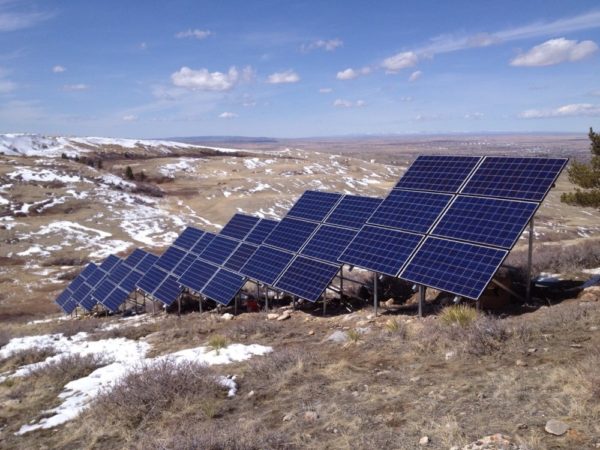Designing the circuit for a solar panel photovoltaic (PV) module involves creating a system that efficiently converts the DC (direct current) power generated by the solar cells into a usable form for various applications, such as charging batteries or supplying power to electrical loads. Here are the key components and considerations for designing a solar panel PV module circuit:
- Solar Cells:
- Solar cells are the building blocks of a PV module. They generate DC electricity when exposed to sunlight. The number and arrangement of solar cells determine the voltage and current output of the module.
- Module Configuration:
- Solar cells are connected in series and/or parallel to achieve the desired voltage and current characteristics. Series connections increase voltage, while parallel connections increase current.
- Blocking Diode (Optional):
- A blocking diode is often included to prevent reverse current flow from the battery back into the solar cells at night. However, modern charge controllers may have this function integrated, and the need for a blocking diode depends on the specific system design.
- Charge Controller:
- A charge controller is a crucial component that regulates the charging of batteries to prevent overcharging and over-discharging. It optimizes the power output from the solar panels to maximize efficiency and protect the batteries.
- Battery Bank:
- If the solar panel system includes energy storage, a battery bank is used to store excess energy generated during sunny periods for use during periods with low or no sunlight.
- Inverter (if AC power is required):
- If the load or application requires AC (alternating current) power, an inverter is used to convert the DC power from the solar panels or batteries into AC power.
- Wiring and Connectors:
- Proper wiring and connectors are essential for minimizing power losses and ensuring the system’s reliability. Wiring should be appropriately sized for the current and voltage levels in the system.
- Mounting and Enclosure:
- The solar panel module and associated components need to be securely mounted and protected from environmental factors. This includes considerations for weatherproofing, protection against dust and moisture, and ensuring proper ventilation.


